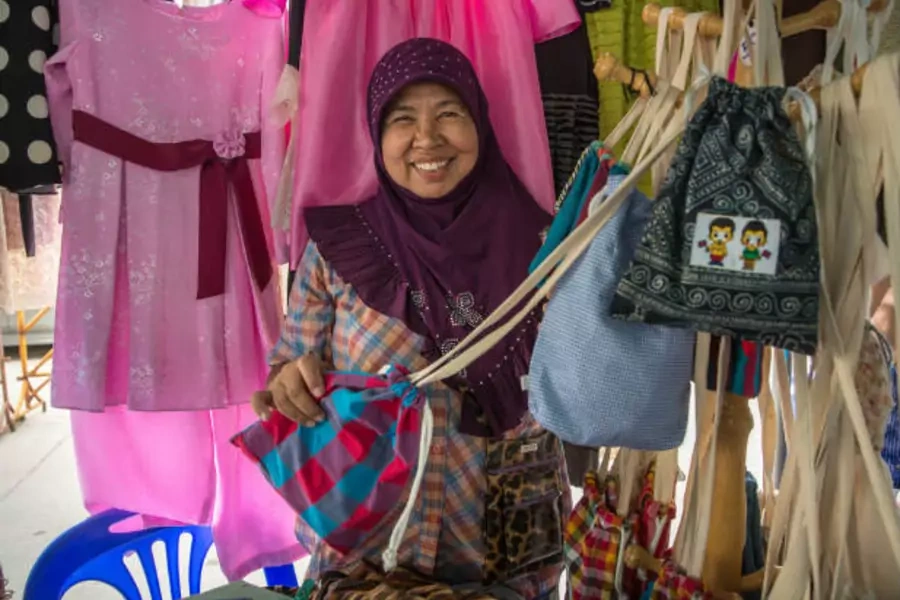Female Entrepreneurship: Progress and Challenges

More on:
Last month, President Obama hosted the White House Global Development Summit to celebrate progress in international development and promote further action across six target areas: energy, food security, global health, governance, partnership, and youth. In his keynote address at the summit, Obama also emphasized another catalyst for development: women. “Because when women have equal futures, families and communities and countries are stronger,” noted the President.
One way the United States has demonstrated its commitment to women and girls is by supporting female entrepreneurship. Indeed, the U.S. government emphasized women’s entrepreneurship at last month’s Global Entrepreneurship Summit. And, recently, the State Department announced the creation of the Women’s Entrepreneurship Fund, a program aiming to expand women’s access to finance in over eighty countries.
Evidence indicates that female entrepreneurship around the world has been on the rise in recent years. But numbers do not tell the whole story. According to the Global Entrepreneurship Monitor report, “women are nearly one-third more likely to start businesses out of necessity than men.” The report points to six economies— Indonesia, Malaysia, Peru, Philippines, Thailand, and Vietnam—where the rate of female entrepreneurship at least matches that of their male counterparts, but where parity by the numbers does not necessarily equate with equal access to opportunity. Women in these economies turn to entrepreneurship as a way to supplement income and provide basic needs, such as food and clothing, for their families. This decision may in part be due to restrictions on women’s mobility and access to formal employment in many countries, as well as discriminatory workplace policies toward women.
Further exploring the field of female entrepreneurship, the 2015 Female Entrepreneurship Index (FEI) evaluated seventy-seven countries to assess which nations were most favorable to female entrepreneurship. The United States ranked first, followed by Australia, the United Kingdom, Denmark, and the Netherlands. In the bottom five, from lowest to highest, were Pakistan, Malawi, Bangladesh, Uganda, and Iran. Of the seventy-seven countries surveyed, 61 percent scored below fifty out of one hundred points. The United States scored an 82.9, indicating that even economies with the highest rankings have ample room for improvement.
In particular, global trends recorded by the FEI indicate that innovation and participation in the technology sector by female entrepreneurs decreased by 13 percent and 19 percent, respectively, from 2014 to 2015. Improvements, however, were counted in the areas of technology and education. “Tech transfer”—commercialization of new technologies from research centers for use by organizations—increased by 18 percent during the same time period, and the number of women accessing post-secondary education increased by 9 percent. Additionally, the number of female entrepreneurs who intended to expand their businesses increased by 7 percent.
Despite the rankings, the FEI report noted that there is not necessarily a correlation between FEI ranking and national GDP. Instead, it is the “enabling environment for female entrepreneurship development” that is important. Chile, for instance, was highlighted as a top economy for women’s entrepreneurship, ranking well ahead of its Latin American neighbors at number fifteen. The report noted that Chile maintains a strong environment for female entrepreneurs relative to its GDP.
Despite progress toward entrepreneurial development, the potential for female entrepreneurs still remains largely untapped. The next administration should continue the work of promoting development and economic prosperity by improving access to opportunity for female entrepreneurs worldwide.
More on:
 Online Store
Online Store